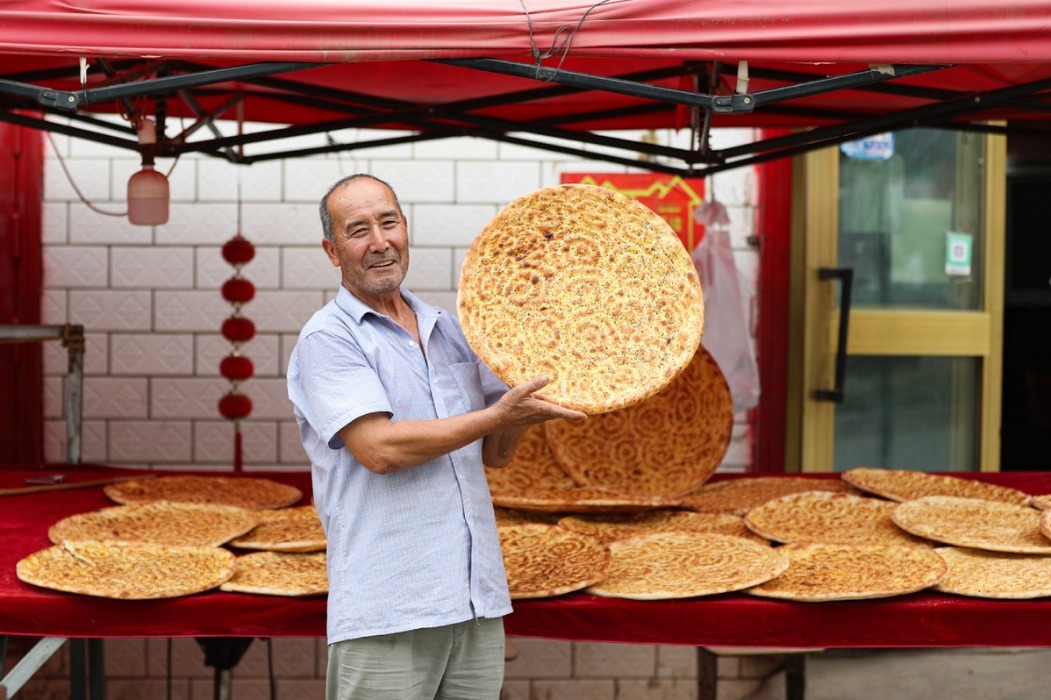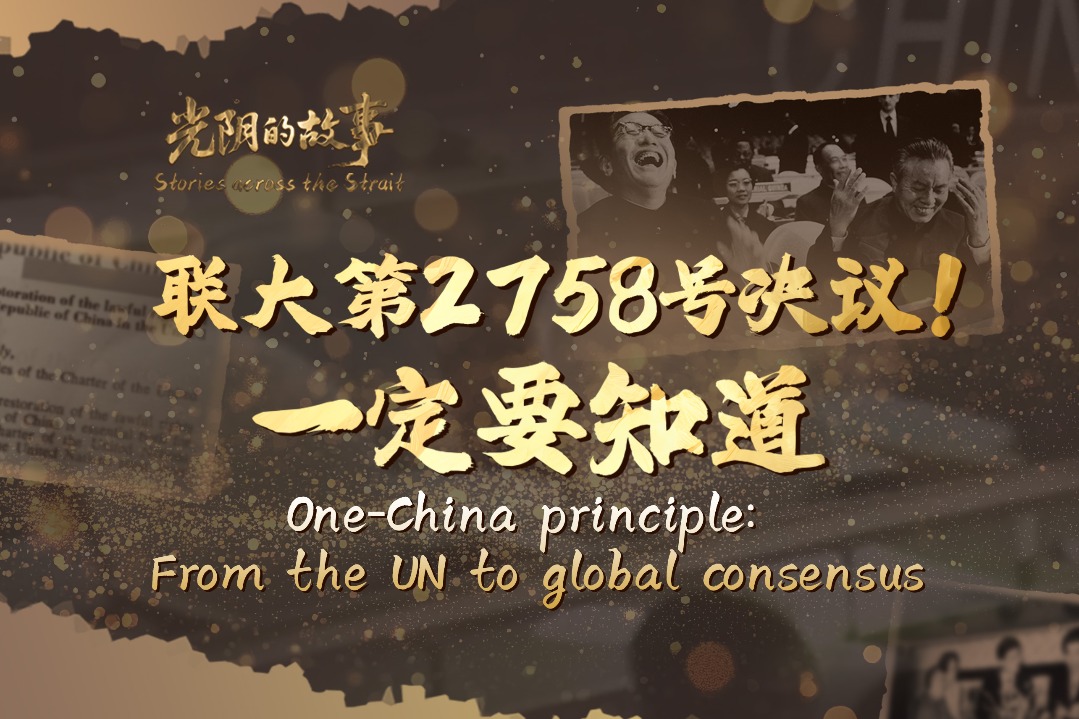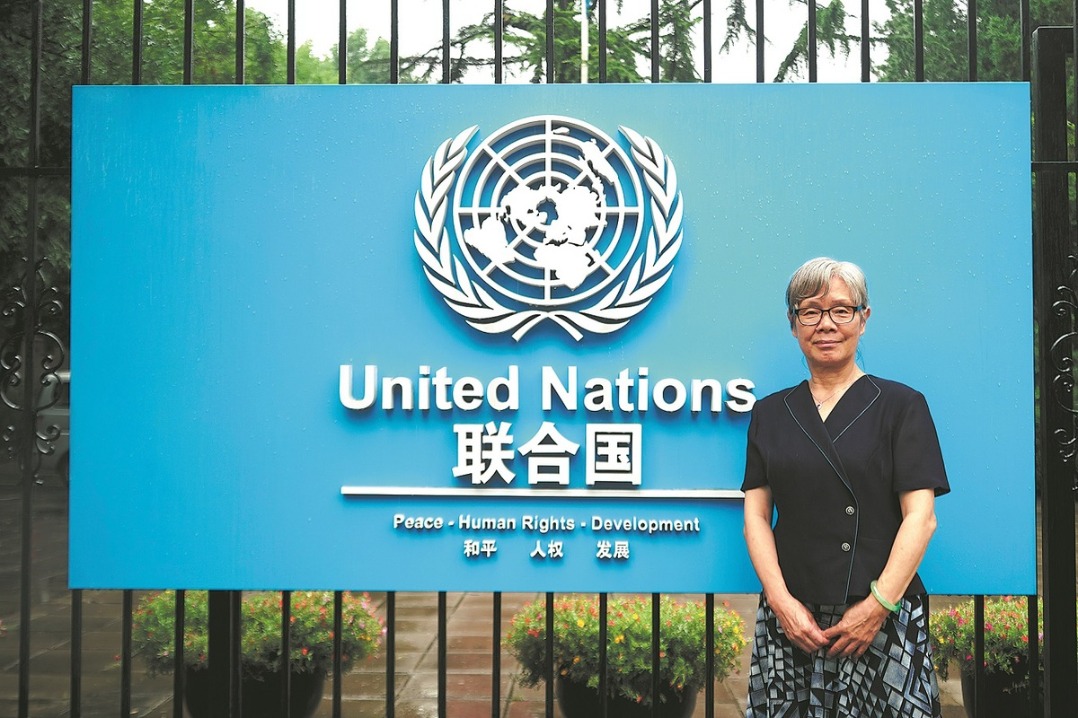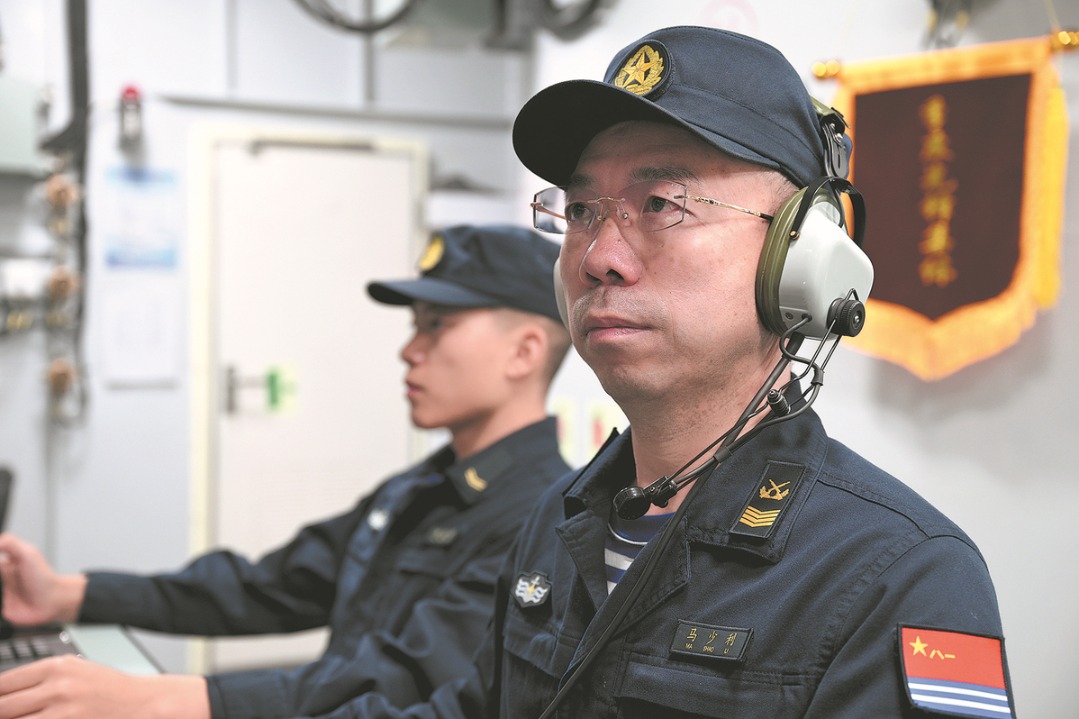Chivalry rules

Harking back to a glorious past
Liu Jianmei, a professor of modern and contemporary Chinese literature at the Hong Kong University of Science and Technology, believes the enormous volume of fan fiction based on Jin Yong’s works has great research potential. Such research might be an effective way of finding out if Jin Yong’s works can stand the test of time in the long run, the academic says.
She has an explanation for Jin Yong’s immense popularity among Chinese readers everywhere: “His novels are imbued with captivating political allegories and a profound Chinese cultural spirit, encompassing Confucianism, Daoism, and Buddhism. This deep-rootedness and inclusivity make his works immensely appealing to readers in China as well as the Chinese diaspora.”
John Christopher Hamm, a scholar and professor of Asian languages and literature at the University of Washington, points out that Jin Yong’s professional life as a journalist in Hong Kong during the Cold War profoundly impacted his writing. Jin Yong’s accomplishments are absolutely inseparable from the environment in which he wrote.

“In Hong Kong, he had access to both Chinese traditions and ideas and trends from the rest of the world,” Hamm observes. “Having come to Hong Kong from the Chinese mainland, he felt — as did many of his generation — a kind of longing for the homeland and nostalgia for the Chinese past. Such longing is expressed both in the settings of his stories and the genre he chose to write in. Martial arts fiction is in some ways an old-fashioned form. It’s a kind of adventure fiction that carries the flavor of home even when someone like Jin Yong brings it into entirely new territory.”
“He writes in a language that is neither the revolutionary prose of the mid-20th century nor the Europeanized prose favored by writers who embraced the May Fourth Movement of 1919,” explains Hamm. “It draws on the rhythms and vocabulary of pre-modern Chinese literature, carrying a strong flavor of the indigenous tradition. In Jin Yong’s hands, the language is also extremely lively and versatile.”
He goes on to add that while the wide popularity of Jin Yong’s stories is owed to their film and TV adaptations, their appeal as works of literature will never diminish. “I think his novels will always continue to be read as novels, partly because of his unique contributions to the prose style of modern written Chinese.”

He hastens to add that while Jin Yong borrowed heavily from Chinese literary traditions, the writer was equally indebted to some of the classics of European literature.
Among Jin Yong’s literary gurus were Alexandre Dumas (1802-70) — the author of 19th-century French historical novels such as The Count of Monte Cristo and The Three Musketeers — as well as the English detective fiction writer Agatha Christie (1890-1976). “Dumas provided the model for Jin Yong’s epic, sprawling novels of historical adventure and also clues as to how martial arts fiction can be invested with greater historical depth, while Christie provided models for the intricate plotting and arc of gradual revelation characterizing many of Jin Yong’s stories.”





































